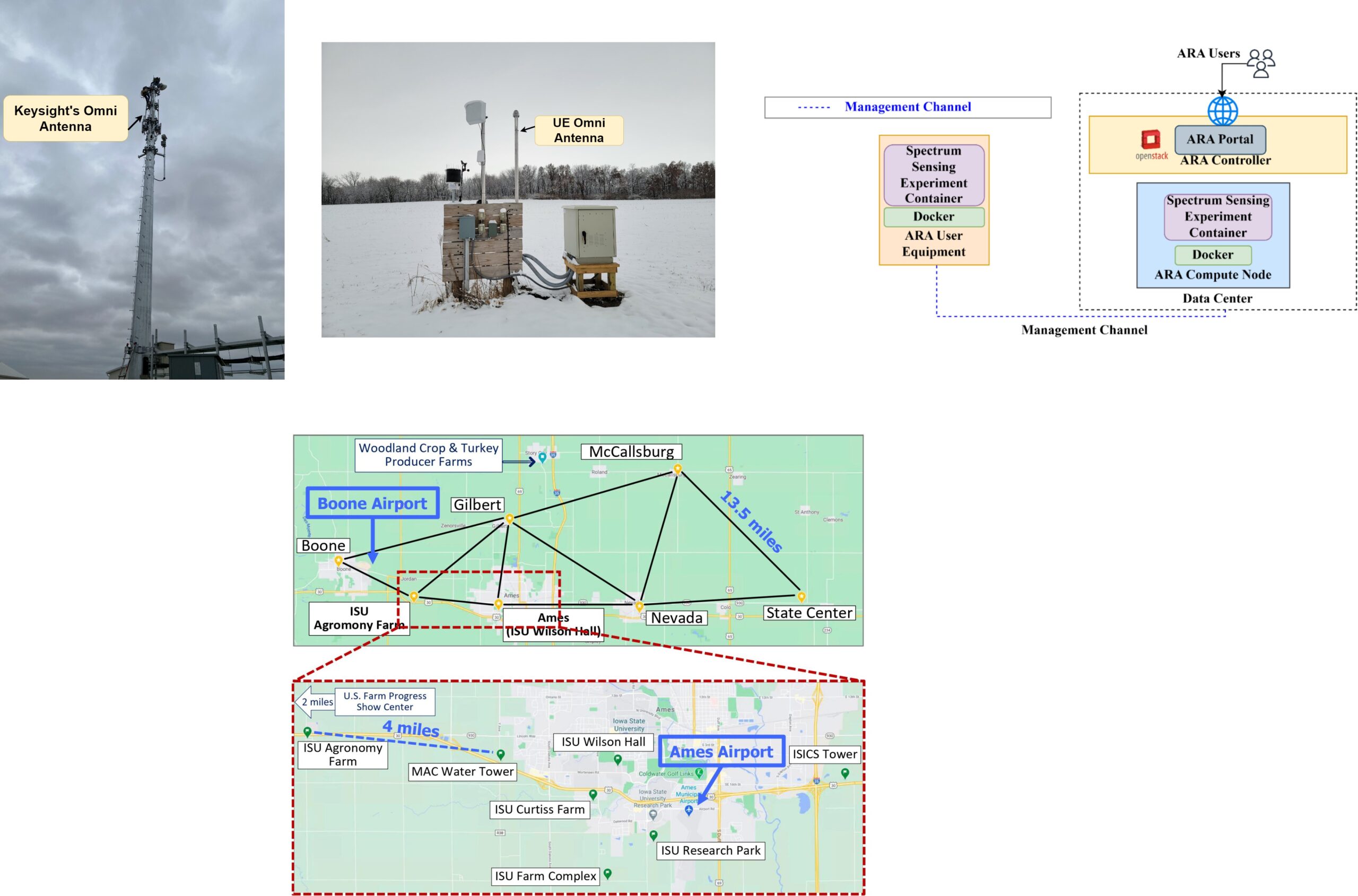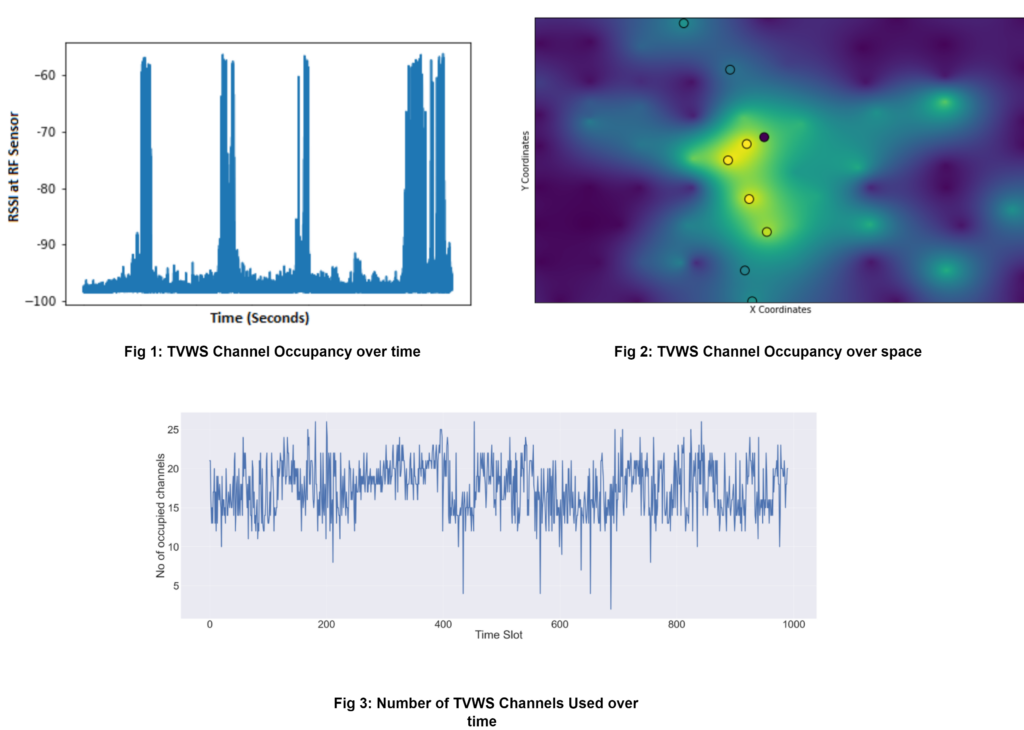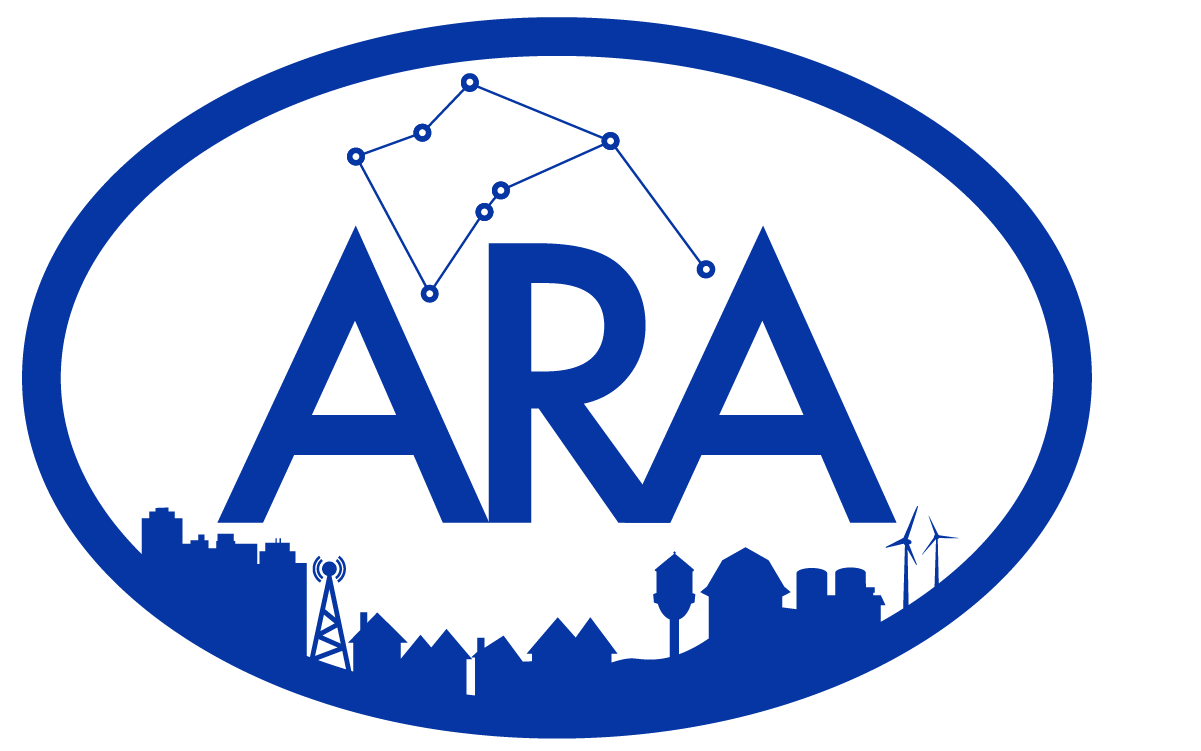Wireless spectrum innovation is paramount for addressing the unique challenges of rural broadband access. Not just the government; even researchers from industry and academia are interested in developing dynamic spectrum-sharing solutions. Many researchers face issues when trying out new algorithms and solutions for dynamic spectrum sharing. Researchers often end up doing indoor testing because of the complexities revolving around getting the experimenter’s license to access the wireless spectrum, and sometimes, most of these researchers don’t have the right platform and hardware to mimic real-world scenarios. This is where ARA comes in; the widespread footprint of the ARA platform that is spread around the coverage area of around 60 km2 comes with a less congested spectrum in rural areas that allows for experimentation with dynamic spectrum sharing, optimizing resource utilization. ARA exhibits extensive spectrum coverage, ranging from low-UHF to mmWave frequencies. SDR platforms like Skylark and USRP cover diverse bands, while COTS platforms span from optical to low-UHF frequencies. This comprehensive spectrum capability enables research in spectrum innovation, fostering experiments such as spectrum sensing and dynamic sharing.
The ARA platform is pivotal in advancing wireless spectrum innovation by providing cutting-edge hardware for spectrum sensing. With RF sensors like Keysight’s N6841A and Keysight’s Omni Antenna at the base station sites and the Omni antennas at UE sites, ARA enables precise spectrum sensing. Complementing this, NI SDR platforms at the base station and user equipment sites play a crucial role in capturing spectrum activities around the expansive footprint of the ARA platform. In essence, ARA serves as a catalyst, breaking barriers in outdoor spectrum testing and fostering advancements in wireless communication research.

Exemplary Potential Spectrum Innovations Showcased by ARA
- TVWS Dynamics: TVWS spectrum can potentially reduce the digital divide in rural areas due to the wide coverage and better propagation properties. However, to utilize this spectrum efficiently, it is necessary to understand the dynamics of TV Operators utilizing this spectrum over space and time. With the unique geographical footprint and hardware ARA has provided, this cool spectrum dynamics study has been possible. From the study, it has been seen that the TV spectrum utility is dynamic in nature and the utilization of spectrum changes over time and space.

- Channel Modeling: ARA as a platform can be used for applications such as channel modeling to understand the wireless channel behavior in rural areas. These models can be used for new protocol designs that can be used for better handoff algorithms.

- Integration with SAS and Programmable Resources: Utilizing programmable Software-Defined Radio (SDR) resources and a Commercial Off-The-Shelf (COTS) platform at both the Base-Station and User Equipment (UE) sites, users can easily configure settings with both commercial and Open Spectrum Access System (SAS). This setup enables the seamless exploration and analysis of spectrum-sharing solutions through comprehensive studies.
- Spectrum Policy Enforcement Studies: ARA is a valuable tool for examining the practical difficulties in implementing spectrum policies within a dynamic radio environment. Users can gather RF Fingerprinting datasets, utilizing the platform to assess the consequences of real-world scenarios such as fading and shadowing on RF Fingerprint identification.
The wide spectrum coverage and the deep programmability of ARA enables research in spectrum innovation such as spectrum sensing and dynamic sharing. An example demonstrating how to execute ARA spectrum sensing experiments can be found here in the ARA User Manual.
